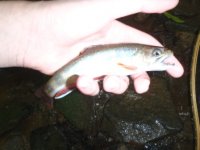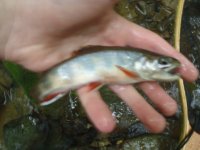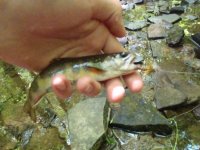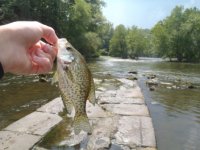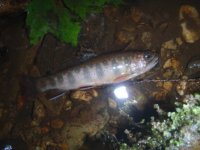streamerguy
Well-known member
- Joined
- May 9, 2011
- Messages
- 1,457
I got this camera for Christmas last year because I really wanted a waterproof camera. I like the underwater shots, but I'm not impressed with the out of the water pics. It seems like when I turn the flash off the shutter speed is really slow, how do I fix that? I usually have the flash on auto but then the flash comes on even if I don't need it, and then when I turn it off the pictures don't come out good. This usually happens on darker forested streams, but there is still enough light so you don't need the flash. On bigger open bodies of water the pics are actually pretty good. I also noticed some of the pics and vids are real grainy, especially indoor ones. The modes I usually use are landscape, sport, portrait, and of course the underwater ones which I don't have a problem with. I even tried macro but still have the flash/shutter speed problem.
Attached is a picture with the flash and without the flash.
Attached is a picture with the flash and without the flash.

